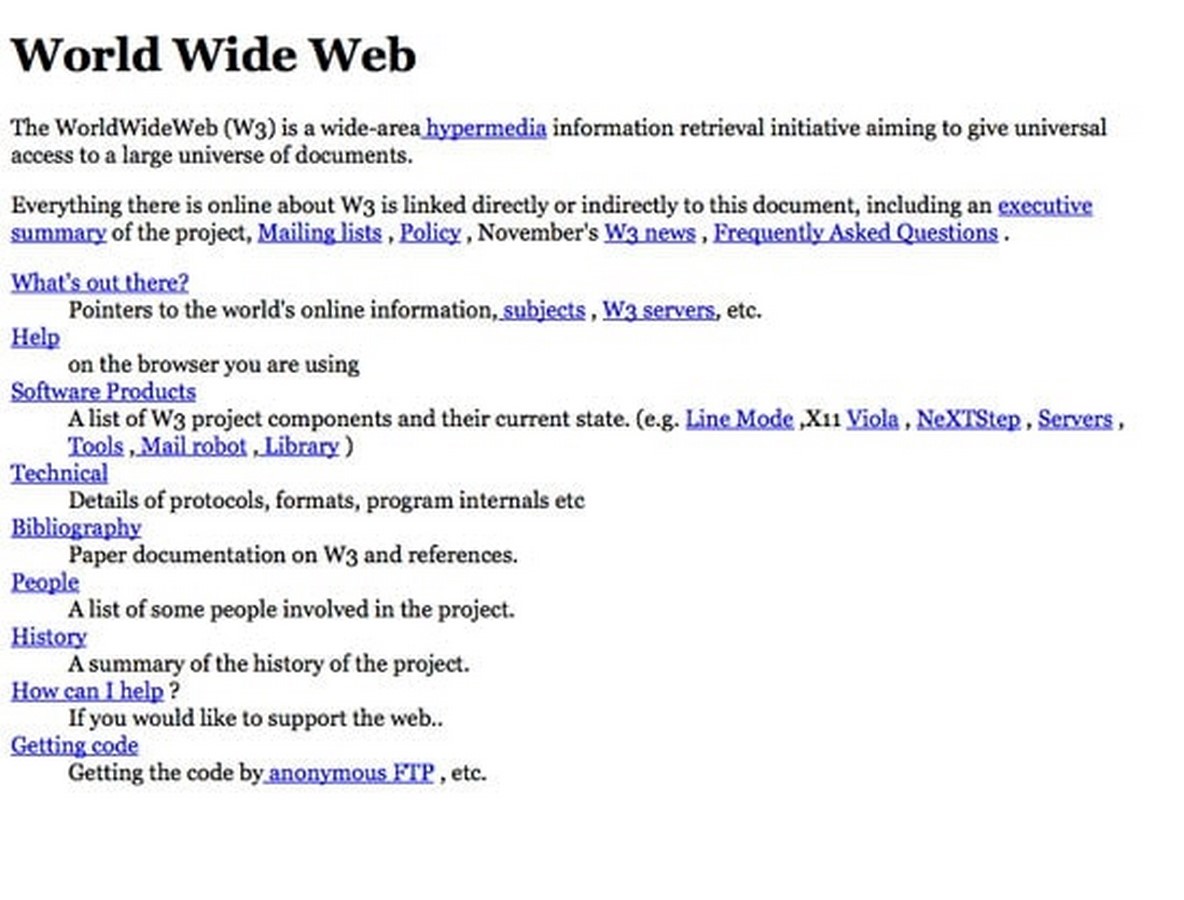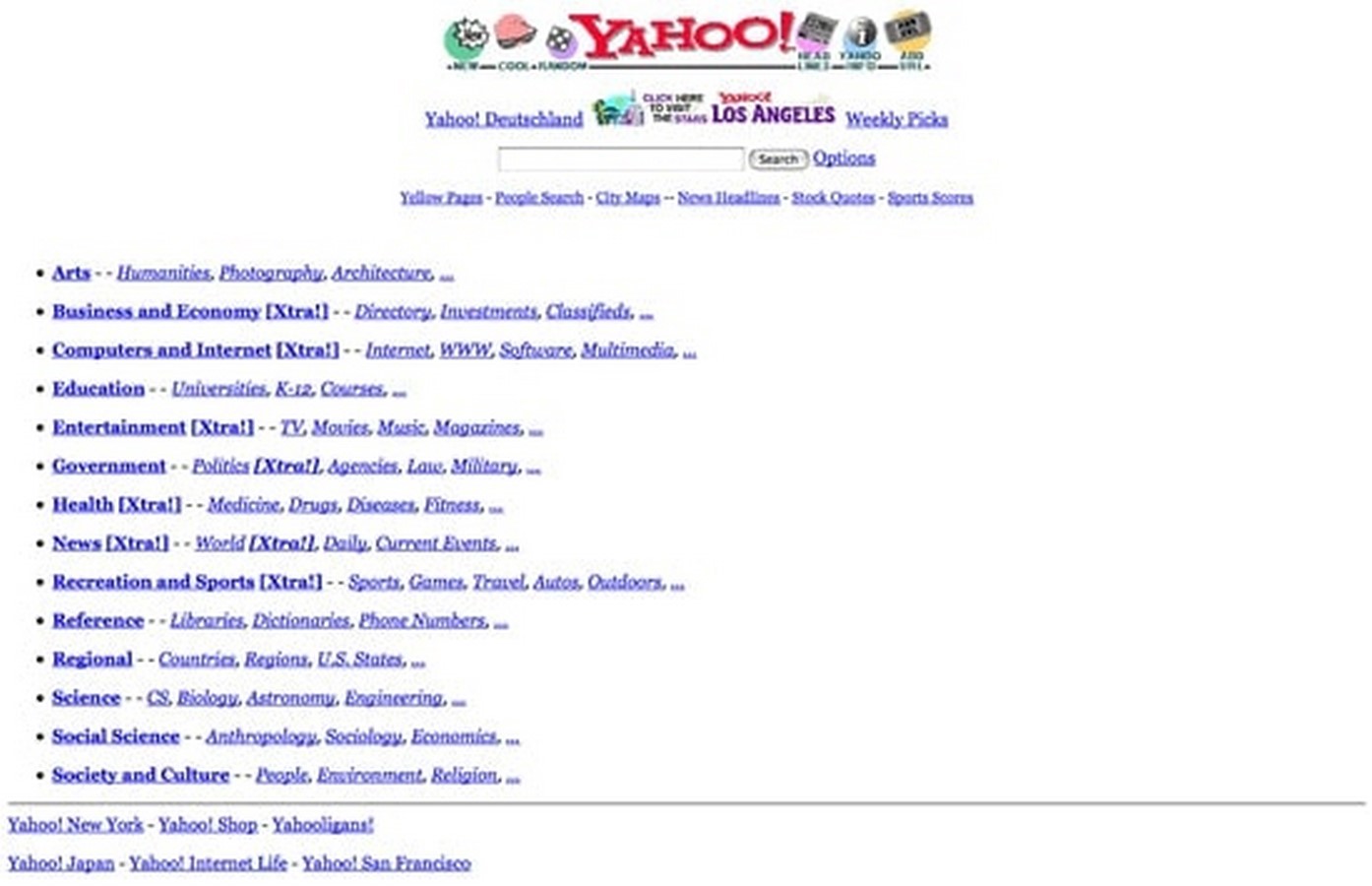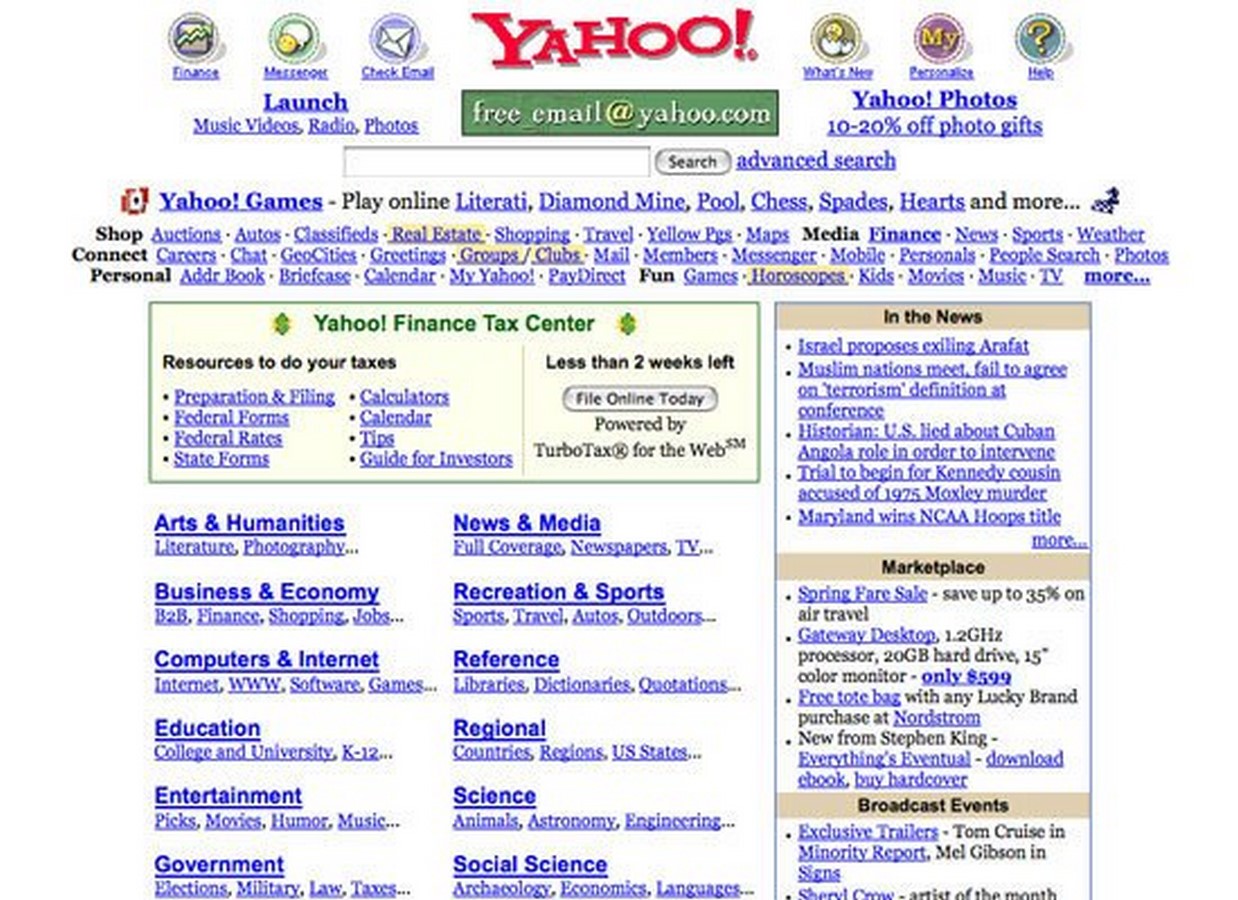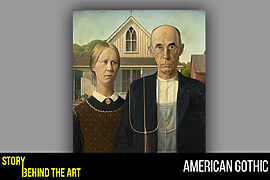Web design refers to creating the appearance of a website displayed on the monitor via the internet. A web designer puts their skills to make a beautiful composition or a layout, compile the UI and UX part, and turn it into a highly functional and user-friendly website. Every website is designed in a different way keeping the end-user in mind. There are options where a web designer can be tagged as a software developer of the website too.
A person is labelled as a good web designer when their design wins the target audience’s heart and increases the overall number of visits to the website.

The Journey of Web Design
The website’s journey began in 1991 when Tim Berners-Lee created a simple web page with a text-based link, which he developed using the software language HTML version 1 (HyperText Markup Language). The backlash of this program was the inability to upload anything other than texts. As HTML developed over the years, web designers got introduced to more options like table-based layouts and sliced-up background image incorporation.
A while after this, the software named Flash (currently known as Adobe Flash) was introduced to the world, allowing web designers to incorporate higher resolution images and create more beautiful and sophisticated designs.


In the late 20th century, web design got more popularized with DHTML (Dynamic HyperText Markup Language) as it allowed other web technologies to incorporate with the present HTML foundation. JavaScript is one of the successful incorporations into this platform, which allowed web designers to add interactive/ animated page elements that enhanced the user experience of the web page. The early 21st century saw the arrival of CSS-based design, which took the world of it to a whole new level.

The CSS-based practice was able to create a segregation between the design element from the content portion, which improved the overall visual aspect of the website. The appearance of the website got cleaner and less cluttered. CSS also made a marginal improvement in the maintenance of the site and progress in the page response time. Since the CSS designs occupy a minimal document size, the contents could be easily downloaded using a small bandwidth from the internet.
With this foundation and advancement in technology as times move forward, the flexibility in design and management of websites keeps on making astonishing leaps, as we can now see in the modularity of the same webpage across desktops, tablets, and mobile phone platforms.


Golden Fruit as a Web Designer
In our current reality, Web designing is a peripheral part of the IT sector. This can be considered a stepping stone to a vast industry like corporate firms, government or non-government organizations, business or industrial establishments, who first seek the guidance of IT firms to deal with their respective online presence. Along with this, the web designers are required for diverse job specifications such as “back-end developer” of a website that deals with the coding and server-end application, a “web analyst” who researches and interprets data on the latest technology and data related to client behavior, online advertising, and so on.

The diverse field of companies that hop in to recruit a web designer are from advertisement or media agencies, Publishing houses, Marketing firms, Freelancing, Quasi-government organizations, Printing and typesetting firms, and the list goes on. India, China, and Russia are the top leading countries to recruit and provide a salary package ranging from rupees 1.5 lakh to rupees 15 lakh per annum (depending on the company and post acquired).
The top companies that recruit web designers are Wipro, HCL, Infosys, Oracle, Cognizant, etc. As mentioned before, we can conclude that the opportunities for a web designer are not limited to one industry. The demand for web designers is very high these days as every single aspect of our livelihood is getting digitized and making our lives much more manageable.

Qualifications and Skill Palette Required for a Web Designer
The minimum qualification to pursue web design would be to pass class 12, followed by a bachelor’s degree or a diploma course, or an online certification course. There is no entrance test conducted for this. Throughout any of the mentioned courses, a candidate will acquire in-depth knowledge on programming languages such as CSS and HTML, scripting languages like JavaScript and PHP, web design packages such as Photoshop, InDesign, etc. Following this, a candidate gets trained in fundamental theories such as icon development, typography, diagrams, infographics, and color theory.

A web designer requires a palette of skill sets such as technical ability, communication skills, patience, creativity, imagination, and analytical skills. These talents can be mastered throughout the course and during the training period after getting into a company. The combined effort of the mentioned proficiencies completes the formation of a fully developed web designer. The one thing to always keep in mind is, design is not always about making work look beautiful; it’s also about problem-solving, communication, and people.

Best Online Courses
A wide range of online certificate courses is being developed for web designing, starting from Beginners course up to Masters course. It’s offered in separate phases ranging from the standalone software courses to the entire web design course. The pre-recording of the online courses offered varies from a bare four hours to two weeks duration. The time to incorporate this into an individual’s mind may take longer than the prescribed course hours, depending upon their caliber.
Based upon reviews by other fellows candidates who took these courses, the top platforms to study web design online are Udemy, Coursera, and edX. A few of the best course names based on the different aspects of web design are mentioned below:
- UX and Web design master course by Udemy
- Responsive Web Design Essentials – HTML5, CSS3, Bootstrap by Udemy
- Learn PSD to HTML: Responsive Portfolio Website Design Course by Udemy
References
Craig, W., 2021. The Evolution of Web Design. [online] WebFX Blog. Available at: <https://www.webfx.com/blog/web-design/the-evolution-of-web-design/> [Accessed 12 August 2021].
Author, T., 2021. Career as Web Designer – How to Become, Courses, Job Profile, Salary & Scope. [online] CollegeDekho. Available at: <https://www.collegedekho.com/careers/web-designer> [Accessed 12 August 2021].
Squareboat. 2021. Difference between UX,UI Designer and Web Designer. [online] Available at: <https://squareboat.com/blog/difference-between-ux-ui-designer-and-web-designer> [Accessed 12 August 2021].
Guru99.com. 2021. 50 Best Online Web Designing Courses, Certification & Training. [online] Available at: <https://www.guru99.com/best-web-design-courses.html> [Accessed 12 August 2021].


















